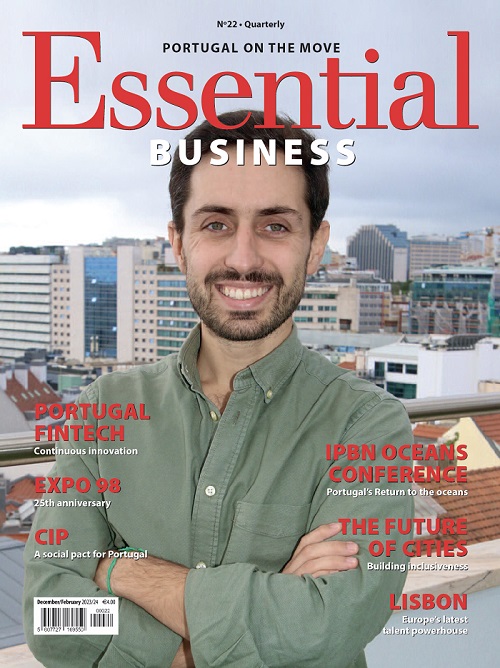Bank of Portugal in profit
Portugal’s central bank, the Bank of Portugal, is one of the few central banks in the Euro Zone to register a profit for 2022.
Despite the less than favourable economic situation which has brought pressure to bear on international central banks, including the European Central Bank, the bank led by Mário Centeno managed to achieve a positive result, which means it can deliver a dividend to the Portuguese State.
The Portuguese central bank has to close its accounts at the end of March each year for the previous financial year and pay dividends to the shareholder — the State.
In the State Budget for 2023, the Ministry of Finance expects to receive a dividend of €240 million for 2022. Nevertheless, it falls 41% short of the €406.4 million that it paid out for 2021 on the profits it made of €508 million for that year.
In comparison to other central banks, the German Bundesbank posted its first loss in 40 years, while the Dutch Central Bank also posted a loss and expects to continue doing so until 2028.
The Swiss National Bank registered its greatest loss ever — €143Bn, and the Bank of England suffered a catastrophic loss and had to receive an injection of £200Bn to cover these losses.
The losses were the result of the debt that central banks had to buy in terms of bonds as a result of a quantitative easing monetary policy during the Covid years in 2020 and 2021.
In the meantime, the situation has changed. Given the changes within the context of the financial markets and the general increase in interest rates, the cost of financing has become even more expensive than the returns on assets that the central banks have in their portfolios, which has put pressure on the central banks.
In November, the Bank of Portugal recognised the problem with Mário Centeno saying at the time: “Overall the central banks have experienced an erosion in their results because of the change in monetary policy, with a very substantial reduction expected for the Bank of Portugal for the coming years”.
Image: Lusa – Luís Forra










